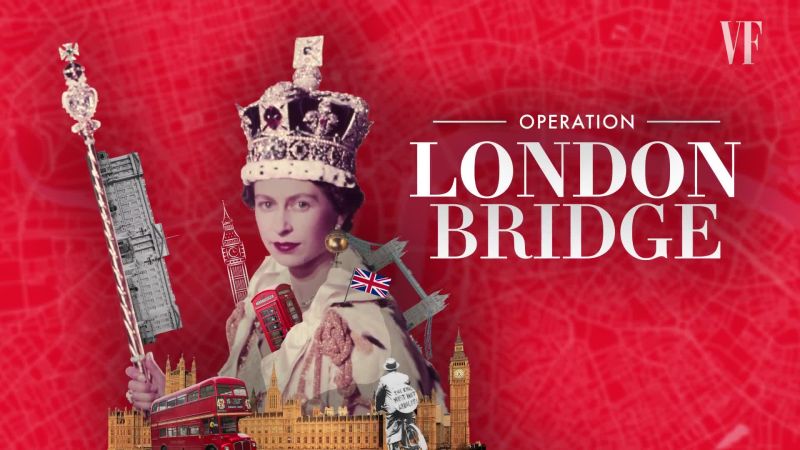London Bridge is Down– the death of the Queen
October 3, 2022
The week of September 5 will go down in European history. Queen Elizabeth II , took her final breath on September 8, just days after newly elected Prime Minister, Liz Truss, took office.
At 96 years old, Elizabeth was the longest-ruling monarch in British history; she had reigned as Queen for 70 years. The passing of the Queen brought into immediate effect Operation London Bridge is Down, an almost century-old plan that deals with the death of the monarch.
When Queen Elizabeth II was coronated in 1953, her highest officials began developing emergency plans for what would happen in the event of her death. Though minor details of the operation have changed since then, the same general plan occurs with the Queen’s coffin being transported from Buckingham Palace to Westminster Hall for a funeral ceremony.
As the monarchy began spending much more time in homes outside of Buckingham Palace, the royal counsel has had to create more plans to accommodate this travel. Some of the more prolific plans include London Bridge is Down, accounting for the general death of the Queen, Operation Unicorn, for if the Queen dies in her summer home in Scotland, and Operation Spring Tide, for the ascension to the throne by the new King.
As soon as the Queen takes her final breath, Operation London Bridge is Down begins. Immediately, the Queen’s private secretary calls the Prime Minister and the Privy Council Office, the Sovereign’s formal body, to break the news. According to Independent, that day is known as D-Day. From then on, each day is referred to as D+1, D+2, and so forth.
In this plan, beginning on D-Day, once the news of the Queen’s passing had been broken to the Prime Minister, the news was released to the 15 governments who recognize the Queen as their Head of State. Following that, the news was passed along to the 38 other nations in the British Commonwealth. Within a few minutes, most news channels donned black attire to mourn the Queen’s death.
Channels like the British Broadcasting Channel (BBC) then began running their “scripted” Queen’s death news pieces that they have rehearsed numerous times in preparation for her passing. Within their plan, they have headlines written, a partial transcript, and even an obituary for the late Queen. Throughout the United Kingdom, bells tolled and flags were lowered to half staff. It is at this moment when the Queen’s son, Prince Charles, became the new Head of State.
Although it was not official until the next day, Prince Charles then became King Charles III. . He gave an address to the Commonwealth that evening. The next morning, at 11 a.m., Charles officially became King after a meeting with the Ascension Council. He then began his tour of the U.K., Scotland, Northern Ireland, and Wales, where he participated in services honoring the late Queen.
Four days after her death, the rest of the world joined in remembrance. There was a procession from Buckingham Palace to Westminster Halls, where her body laid for four more days. The first few days of her service at Westminster were reserved for those of higher status. Closer to the end, Westminster was opened for the public to pay their respects to Queen Elizabeth.
On the ninth day, beginning at 9 AM, the bells rang as her coffin was carried to Westminster Abbey. Following the funeral, which began at 11 AM, her body was once again carried, this time to Windsor Castle, to be buried next to her husband.
As the services finished up, the late Queen Elizabeth was buried next to her husband, and King Charles III resumed leading as normal. All of the United Kingdom finished their twelve-day mourning period, and now all is beginning to return to normal, with the power passed down to the new King.



